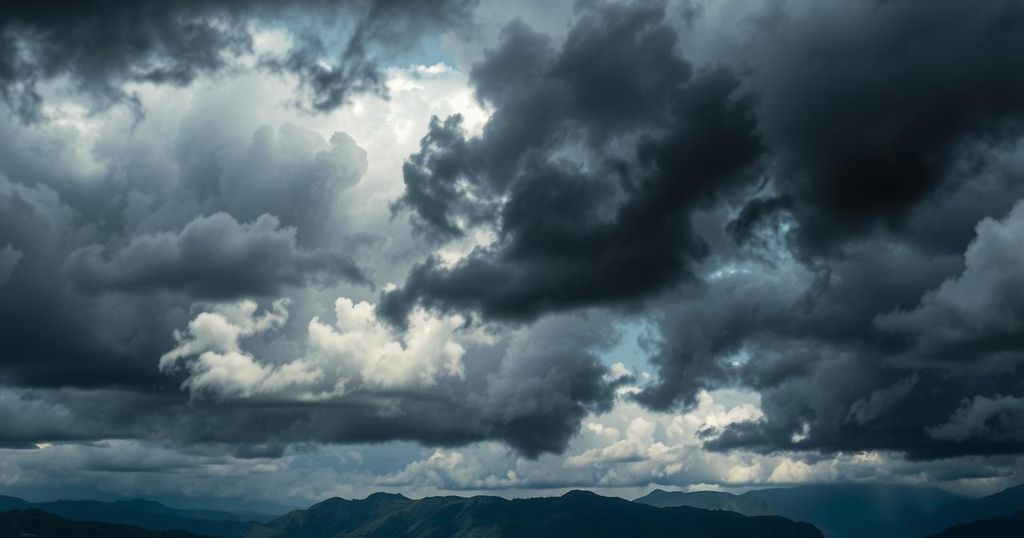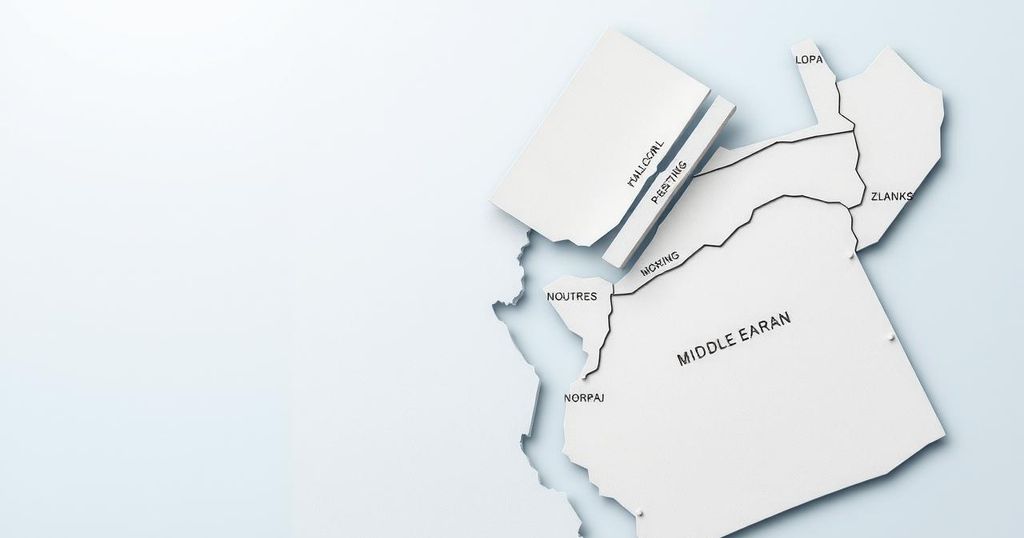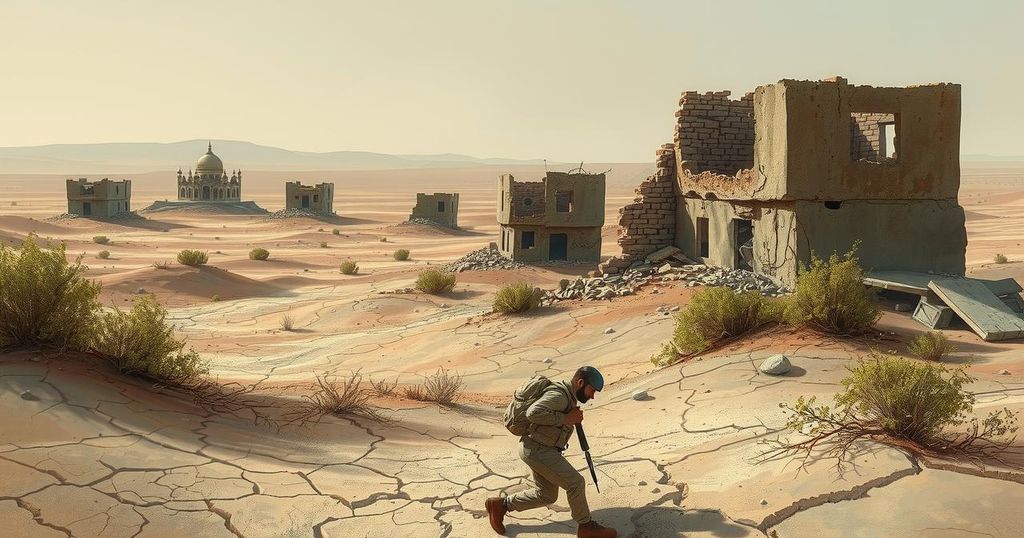President Trump has intensified pressure on Iran to control the Houthis, warning of retaliatory strikes if the militant group continues its attacks. He labeled future Houthi assaults as actions sanctioned by Iran, thereby increasing accountability. This follows renewed military strikes by the U.S. targeting Houthi positions in response to disruptions in the Red Sea, resulting in significant civilian casualties in Yemen.
In a recent development, U.S. President Donald Trump has intensified pressure on Iran regarding its support for the Houthi militants. He has hinted at potential retaliatory measures against Iran should the Houthis continue their aggressive actions. This pronouncement highlights the escalating tensions in the region and underscores the U.S. stance against Iranian influence in Yemen.
President Trump conveyed his message via a post on his social media platform, Truth Social, stating, “Any further attack or retaliation by the ‘Houthis’ will be met with great force, and there is no guarantee that that force will stop there.” He emphasized that any future hostilities initiated by the Houthis would be considered a direct extension of Iran’s military actions, holding the Islamic Republic accountable.
This statement followed Trump’s directive for renewed military action against the Iran-aligned Houthis, instigated by their ongoing assaults that hinder commercial routes in the Red Sea. The Iranian-backed Houthis have reported significant casualties, stating that 53 individuals were killed and 98 others were injured due to the recent strikes on their capital, Sanaa, along with several other provinces.
In summary, President Trump has escalated his rhetoric against Iran, directly linking Houthi aggression to Iranian accountability. His statements indicate a readiness to employ military action should the Houthis persist in their attacks, characterized as detrimental to regional stability and international shipping routes. The situation remains tense, with high stakes for U.S.-Iran relations and the wider Middle Eastern geopolitical landscape.
Original Source: www.japantimes.co.jp




